Matthäus Seutter was one of the most important cartographers in the eighteenth century. He apprenticed as an engraver under the tutelage of cartographer Johann Baptista Homann (1664-1724), and established an independent cartographic publishing firm in Augsburg. By 1732 he was honored by the German Emperor Charles VI with the title of 'Imperial Geographer'. The Vatican Apostolic Library stows two maps of Seutter in correlation with China. One is the map of China made in 1721, which was a counterdraw of the Imperii Sinarum nova descriptio in Martino Martini's Novus Atlas Sinensis. The other is this map of China and India Orientalis. India is on the left of the map, the northwest of Australia is on the down right, and the south end of Korea and Japan is on the up right. By contrast, this map of Seutter is generally the same as the map drawn by the Dutch cartographer Nicolaus Visscher and countermarked by Carel Allard in Amsterdam in 1696, i.e. Seutter counterdrew Visscher's map. The overall outline of the part of China on this map likes that of Martini's map. But the shape of the Pearl River estuary is not as the flask as that on Martini's map, and its shape is like an open bay. This kind of shape of the estuary first found on the Dutch cartographer Willem Janszoon Blaeu's map of China. But the island in the middle of the bay is much bigger than that on Blaeu's map. There is a city drawn on the island, and noted as 'Macao'. On the west side of the bay there are two similar notes 'Lampackao' and 'Lampockao'. The reason of the repeat writing is worth studying. Seutter's map is special because of the color on the map. The coastal provinces of Zhejiang, Fujian and Guangdong, and the island of Taiwan are all colored with pink when the other provinces are colored with light yellow. The difference of color may be related to the political geography at that time. The southeast coastal region was once controlled by the Southern Ming regimes.
Reference:
[1]. Ritter, M. (2001). Seutter, Probst and Lotter: An Eighteenth-Century Map Publishing House in Germany. Imago Mundi, 130-135.
Informações relevantes
Data de atualização: 2020/09/08

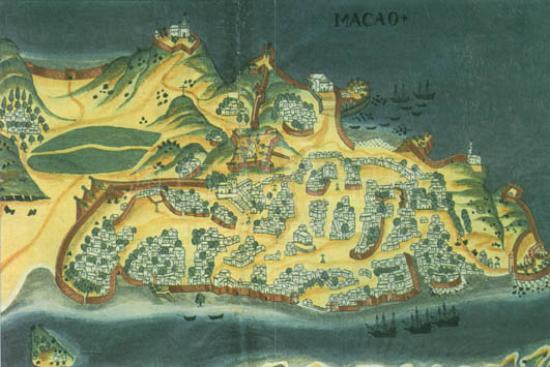

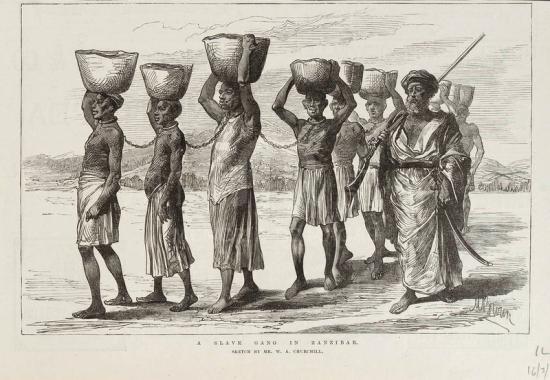
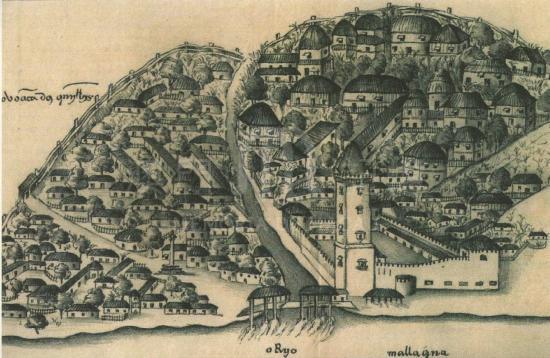


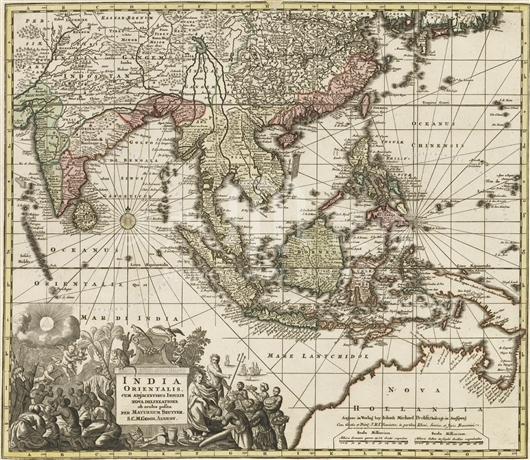
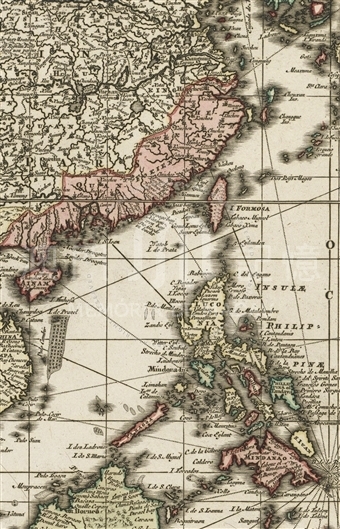
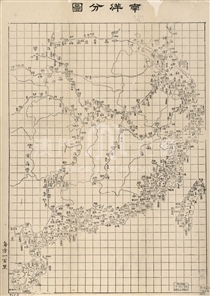
Comentários
Comentários (0 participação(ões), 0 comentário(s)): agradecemos que partilhasse os seus materiais e histórias (dentro de 150 palavras).